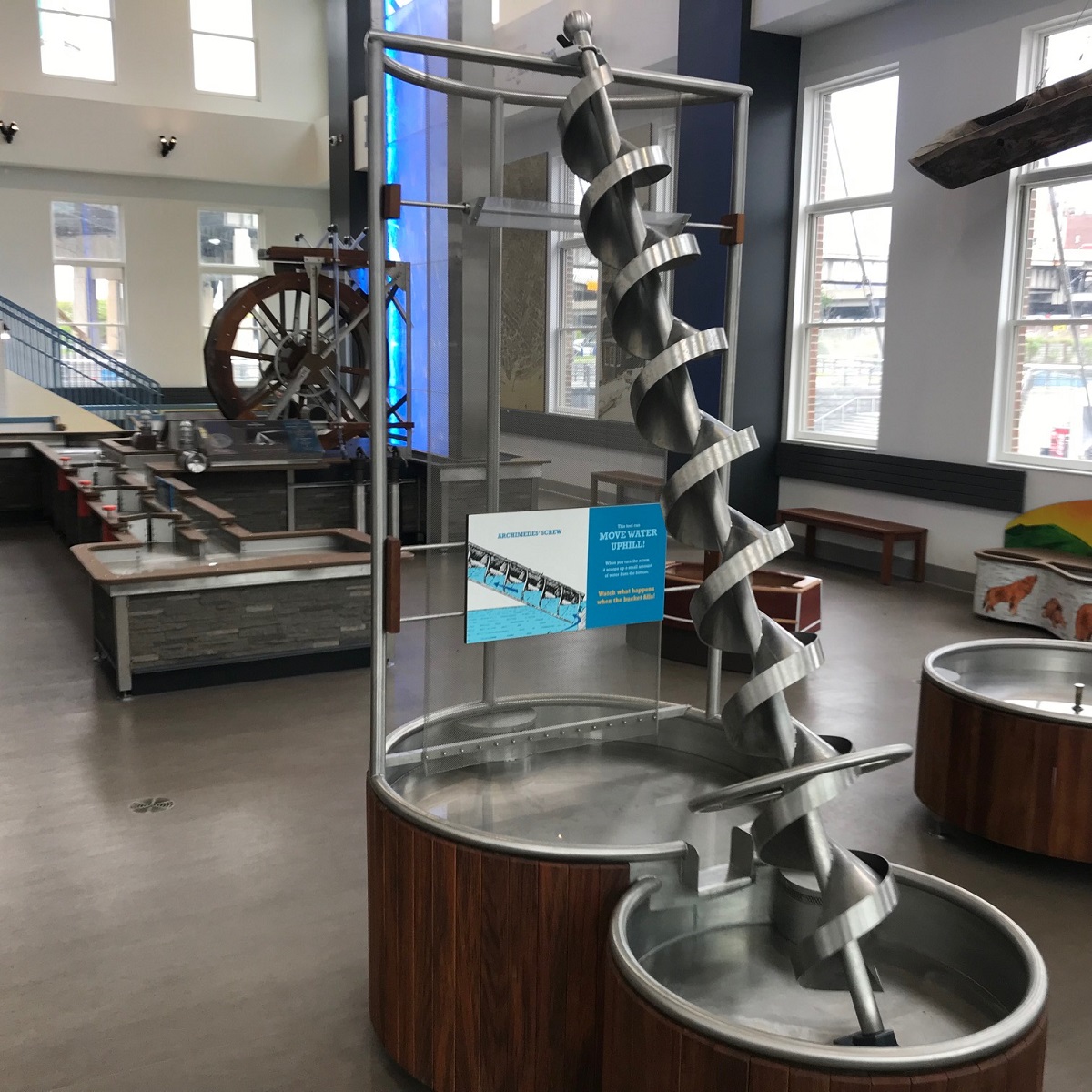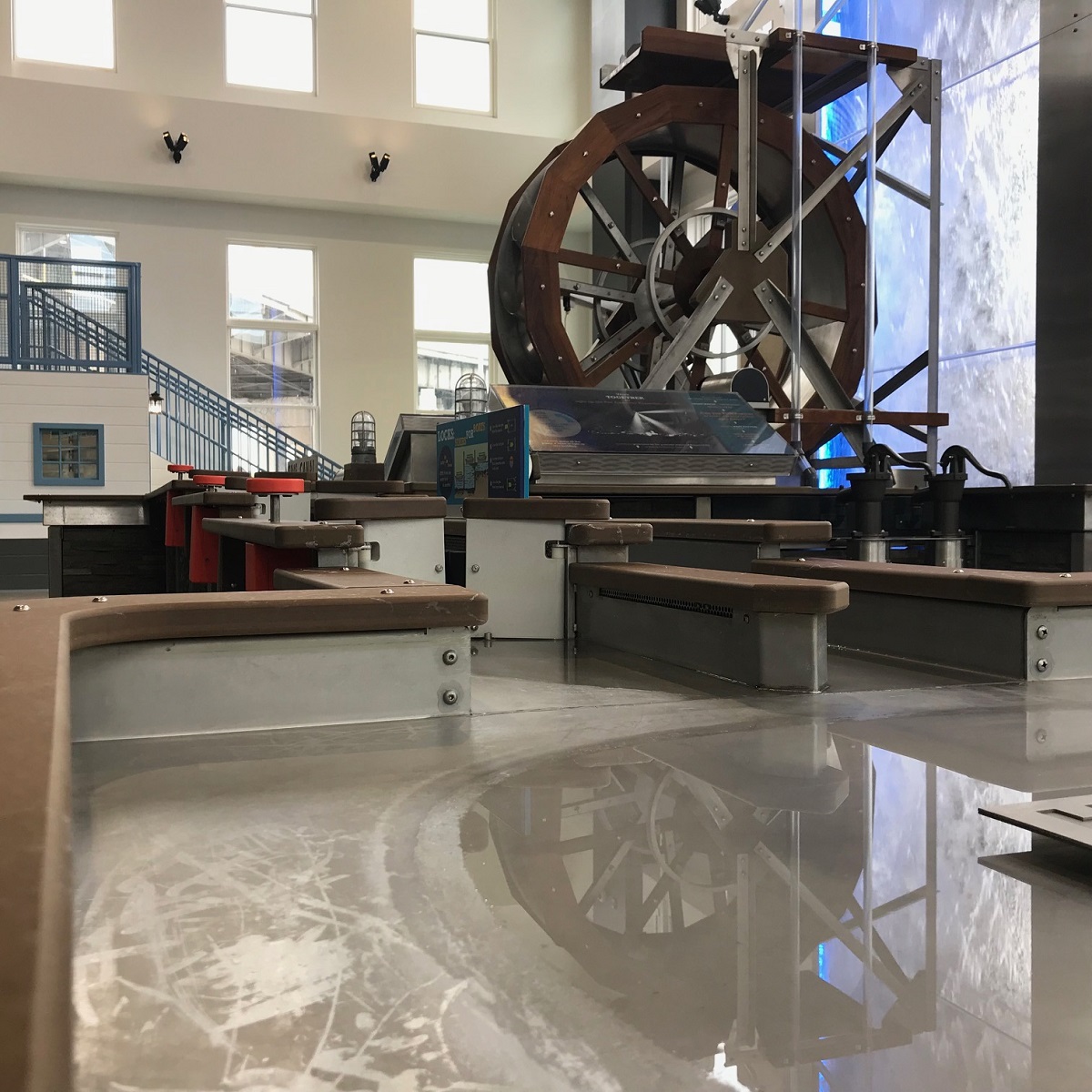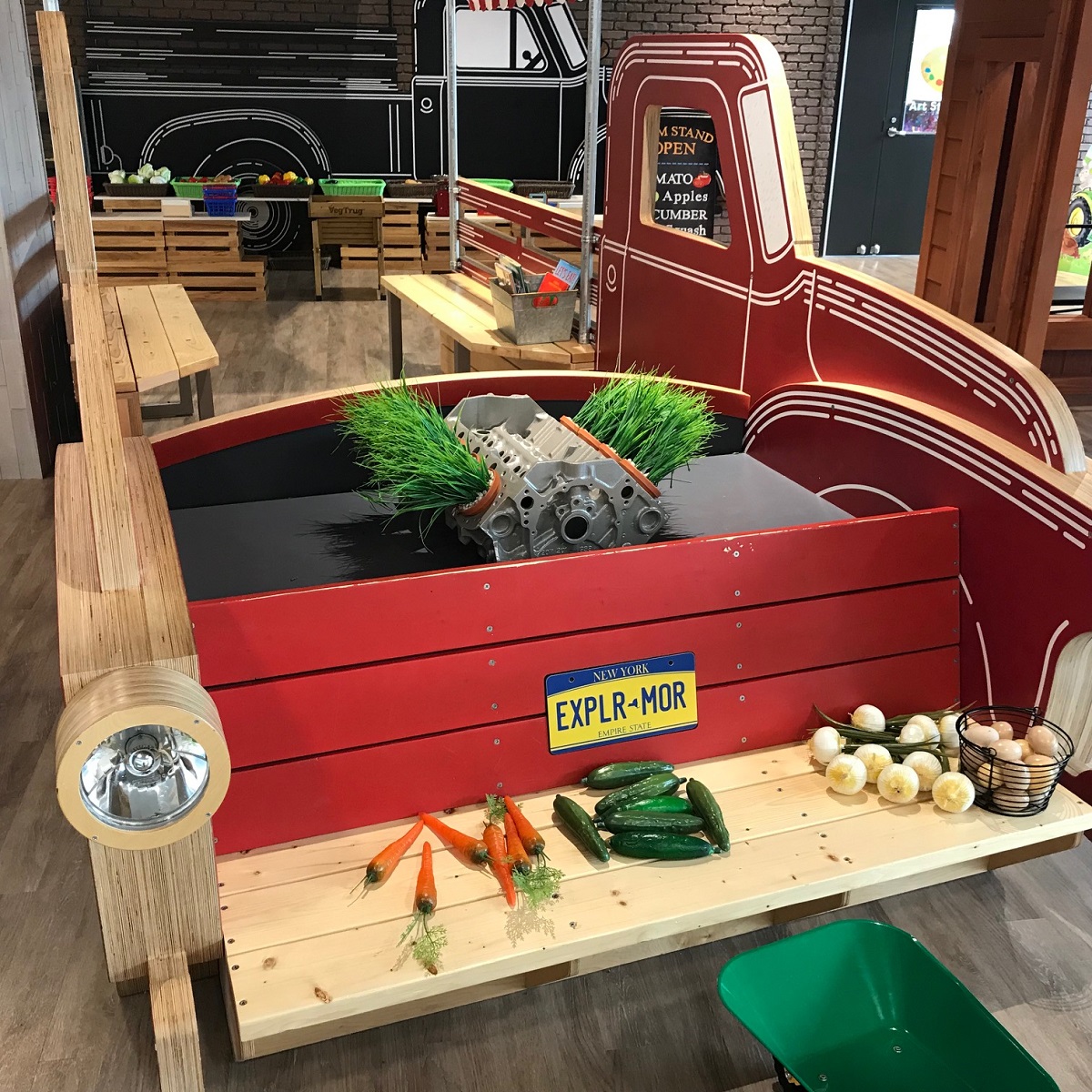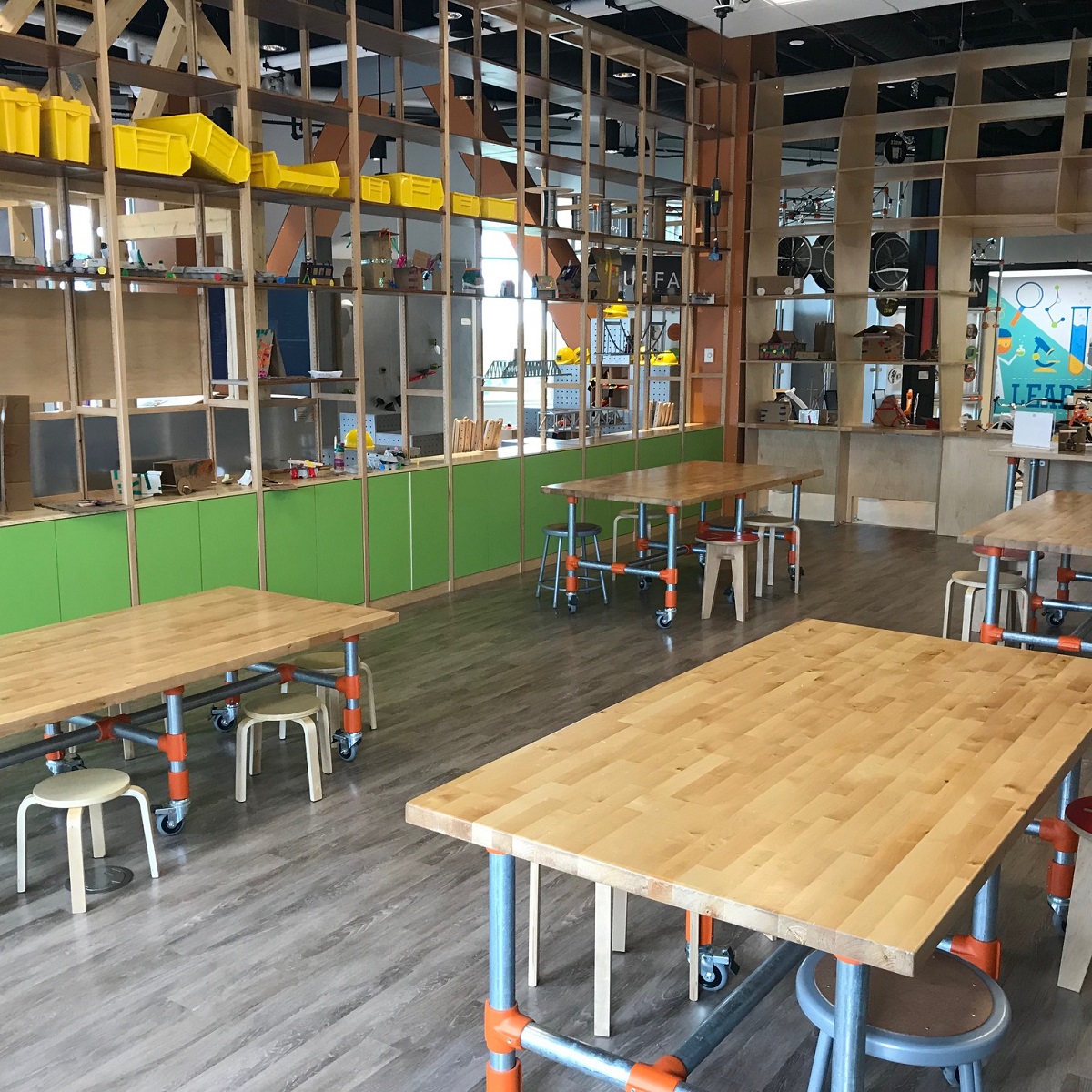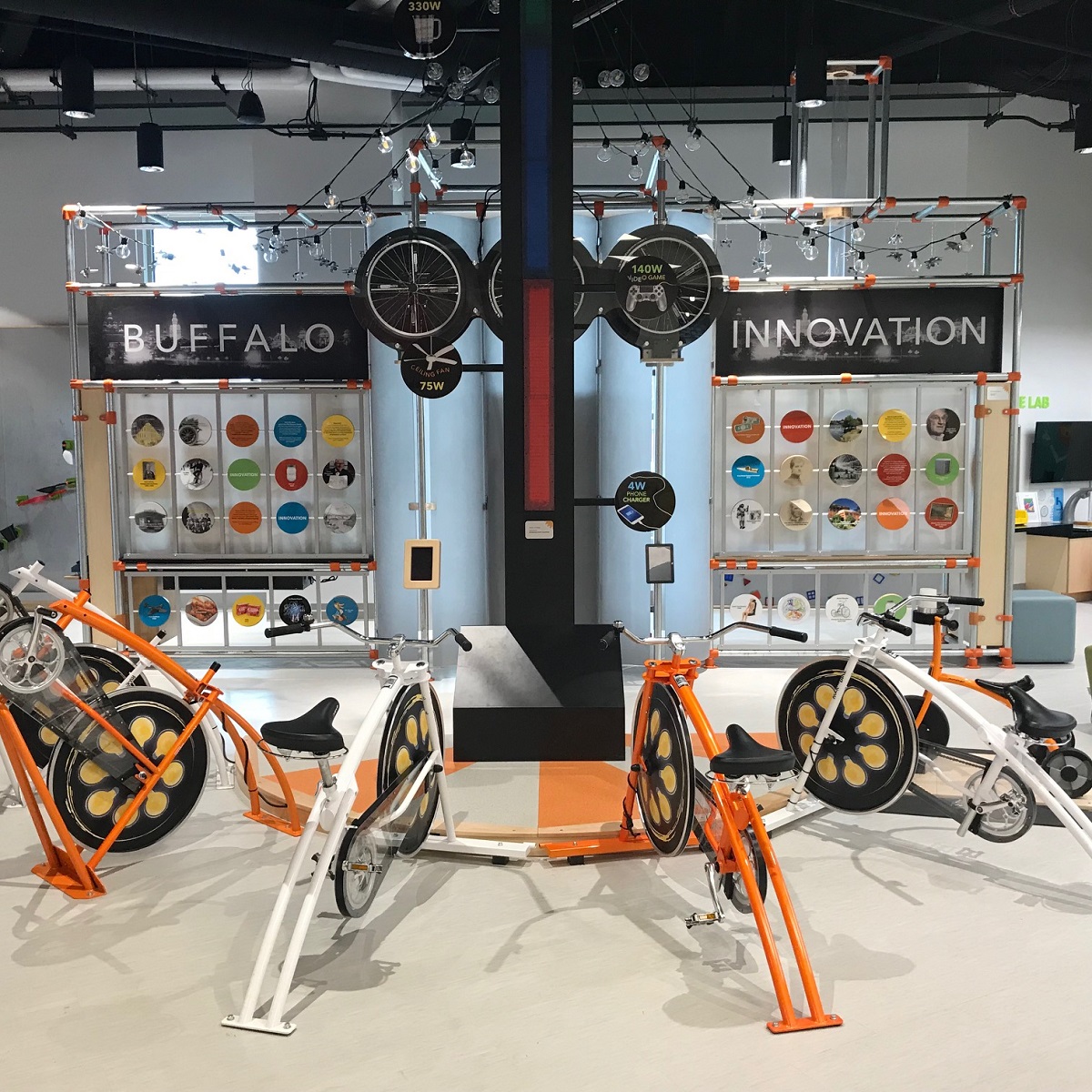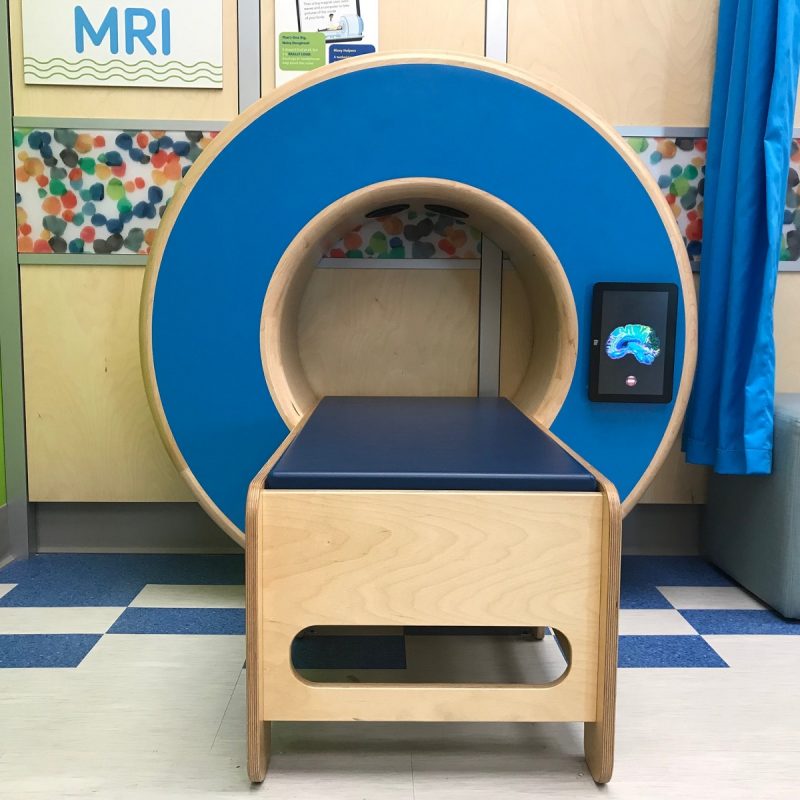Watery Interactive Exhibits Star at Explore & More Children’s Museum
The mission of Explore & More – The Ralph C. Wilson Children’s Museum – is to provide “best-in-class play experiences” that allow the children, families and community of Buffalo to “explore, learn and develop together.” The museum, founded over 25 years ago in a basement schoolroom, has just reopened in a brand new 43,000 square foot building and now serves as the anchor attraction on Buffalo’s revitalized Canalside waterfront.
The museum was designed by our long-term partner Gyroscope, Inc.. It offers seven educational play zones scattered across its four floors – each offering hands-on exhibits that tell the unique history of Buffalo and Western New York with a focus on the region’s geography, culture, agriculture, architecture, athletics and commerce. A few examples of the seven zones – all made possible by local and regional sponsors – include:
Building Buffalo – this zone is inspired by Buffalo’s storied architectural history. Visitors can step inside a simulated construction site and work together to construct design and build anything they can imagine including a bridge, a house, even a city using a wide variety of construction materials.
Farm to Fork draws on Buffalo’s rich agricultural history and includes opportunities to learn how crops are planted, grown and harvested, how to milk a cow (see photo), how local food is brought and sold at a farmer’s market and how to cook it fresh in a farmhouse play kitchen.
But since life in Buffalo is tied to the water including the Erie Canal, the centerpiece of the museum, and the most challenging to prototype, build and install is the Moving Water zone. This zone includes a two-story waterfall that cascades down into a water table where children can learn how the Erie Canal and its lock system works. It also includes a big working water wheel that shows how power is generated, and a land locked canal boat that lets visitors get a feel for life on the Erie Canal and try their hand working a crane hoist for cargo and a rudder to steer.
Art Guild’s contribution included fabrication and installation of all the exhibits including cabinetry, casework, railings, graphics, scenic elements and all the museum interactive exhibits – both digital and mechanical.

